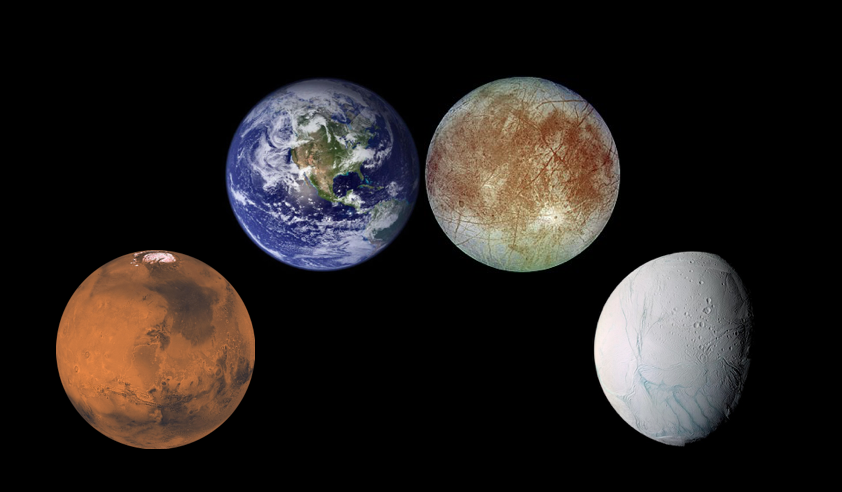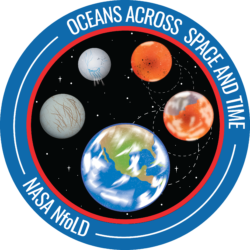OAST MISSION
Our goal is to understand how ocean worlds and their biospheres co-evolve to produce detectable signals of a past or present living world, by combining the expertise of a multidisciplinary team.
What conditions within ocean systems control their habitability, and what are the observable signals of biological activity in contemporary, remnant, and relict ocean worlds?
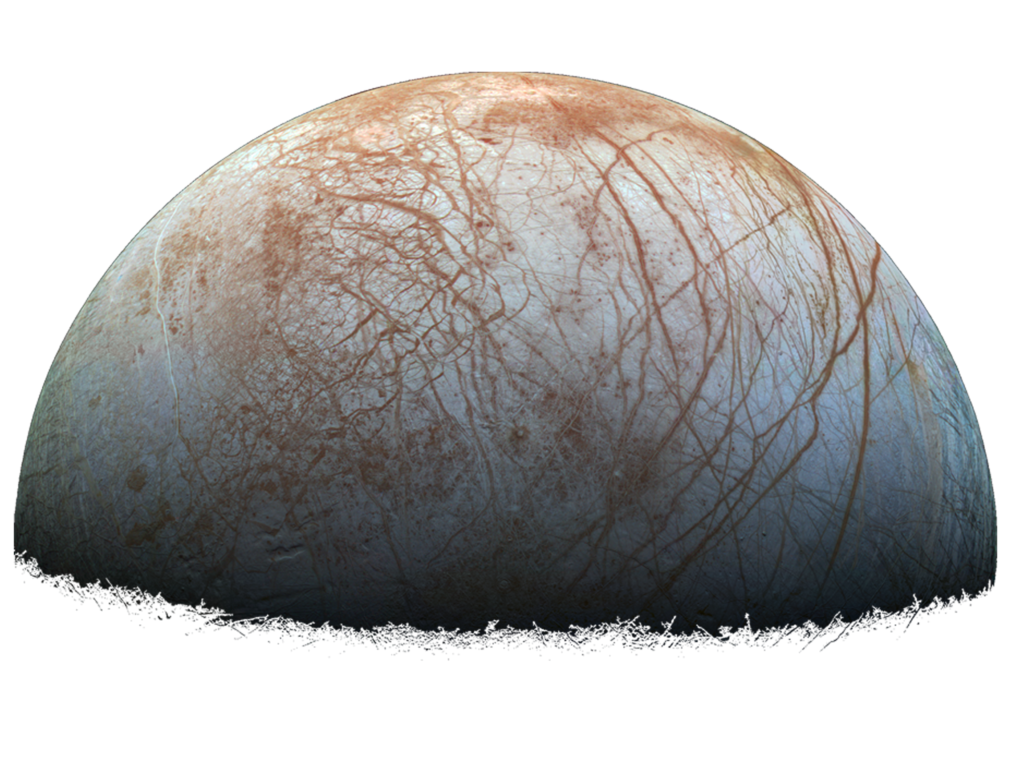
FIELD WORK
Our team combines the expertise of a range of multidisciplinary experts, including: hydrogeologists, limnologists, modelers, planetary geologists, geochemists, biogeochemists, molecular biologists, oceanographers, ice physicists, geomicrobiologists, spectroscopists, and astrobiologists. We conduct research and field work aimed at furthering our mission.
Stay tuned for upcoming field work articles on our blog, coming soon!
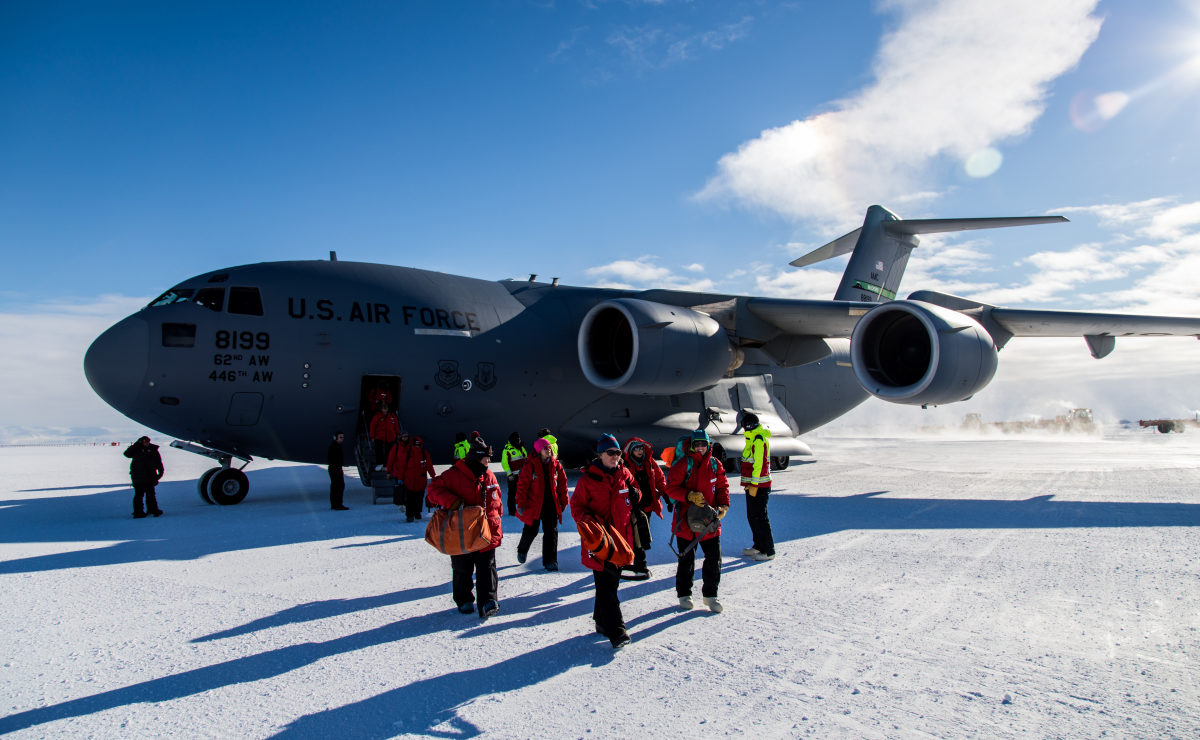
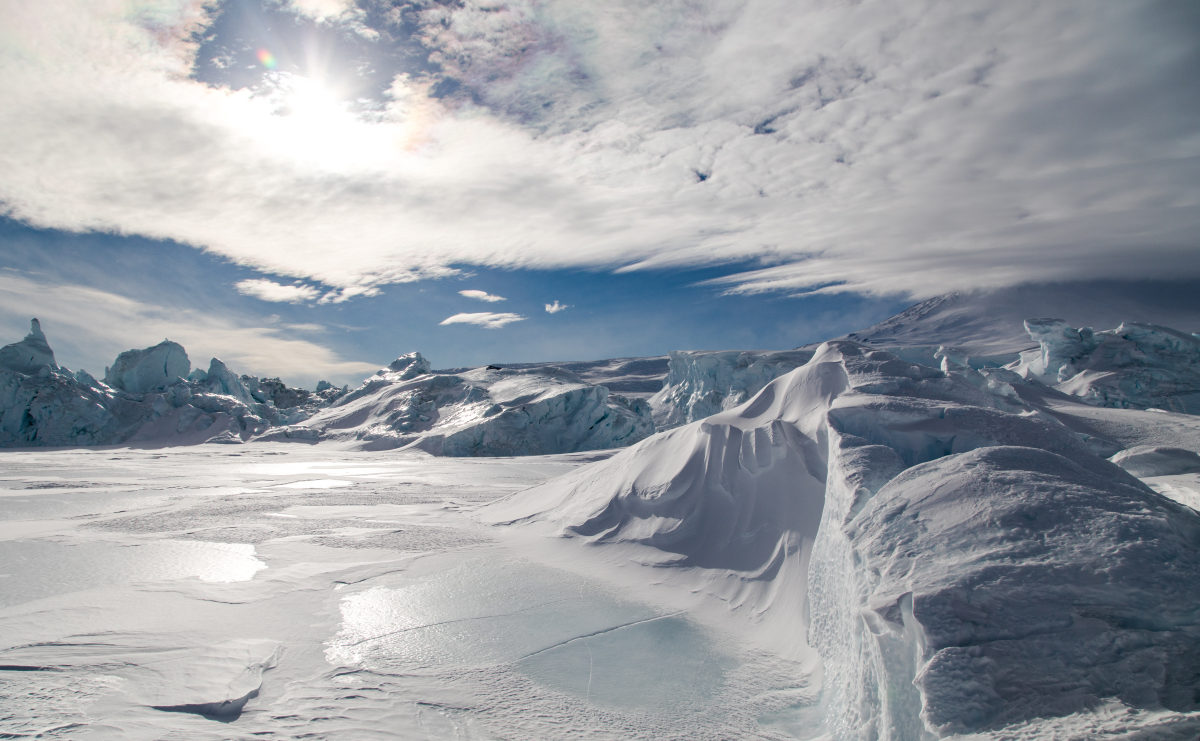
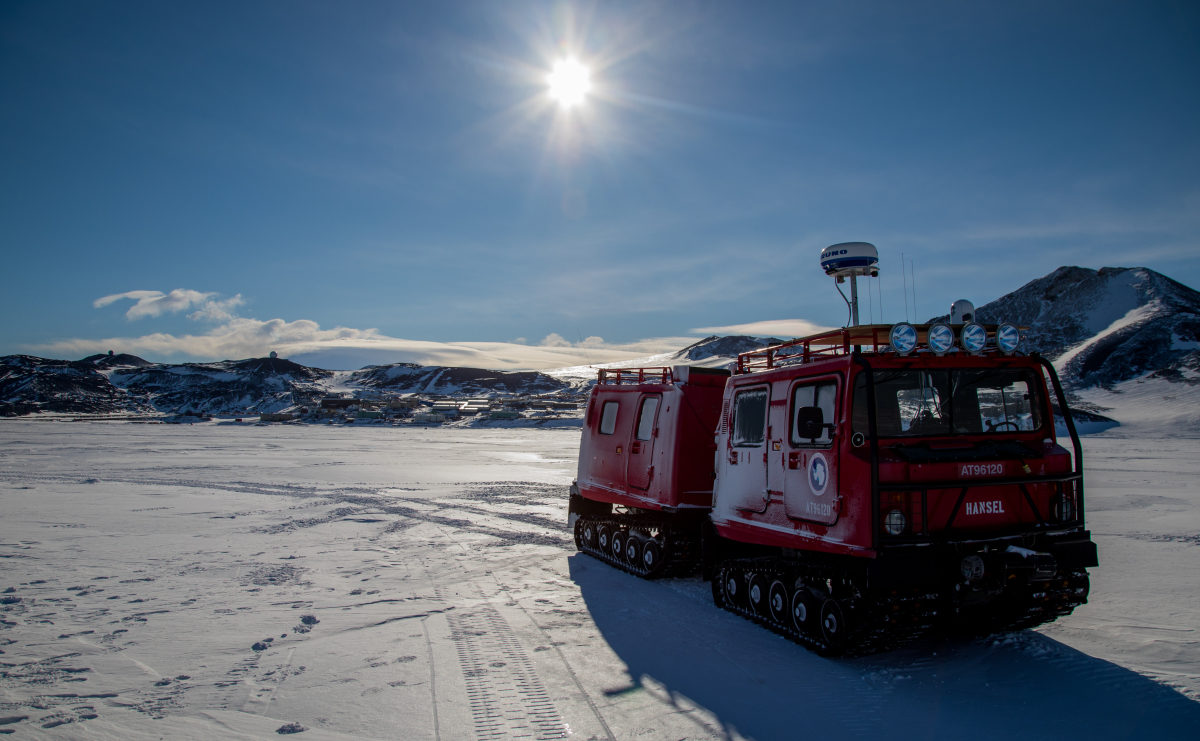
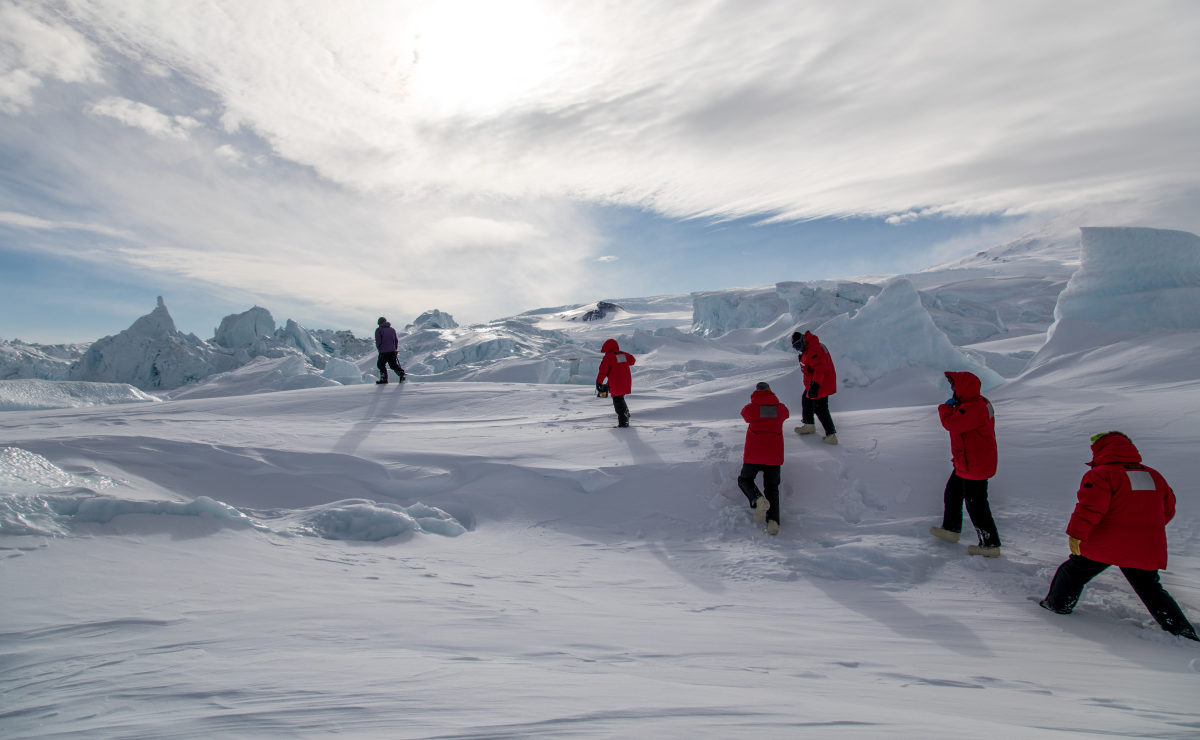
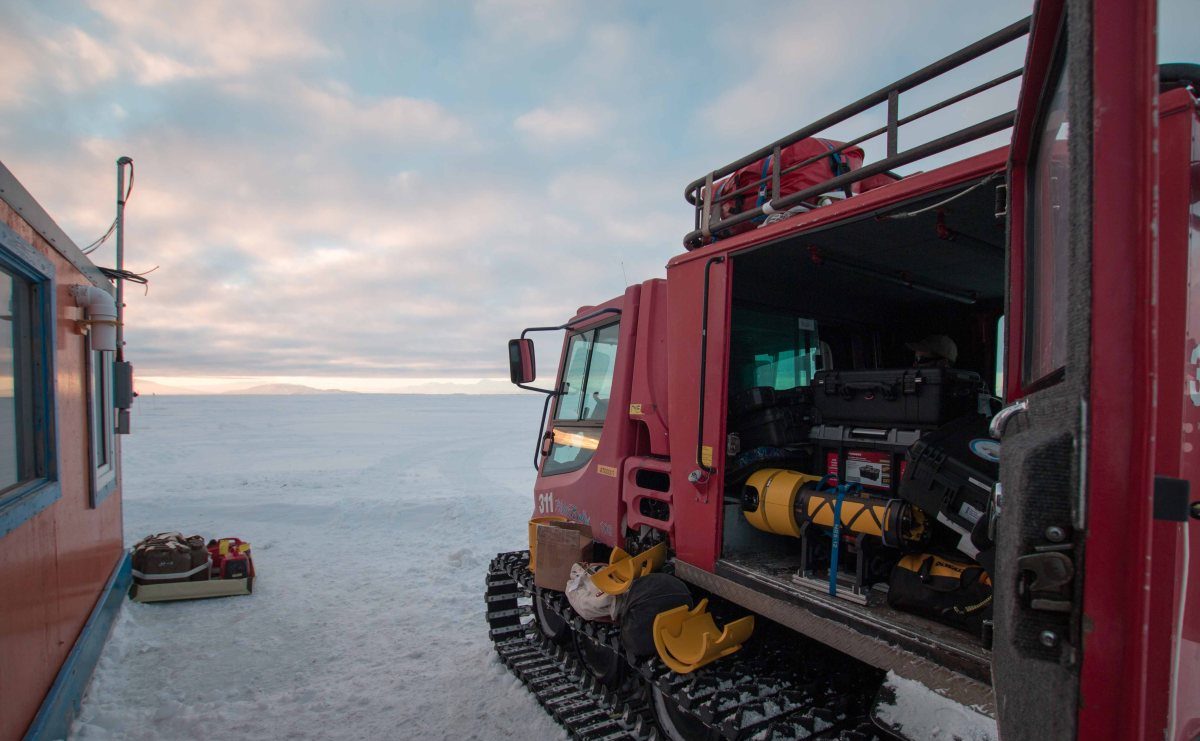
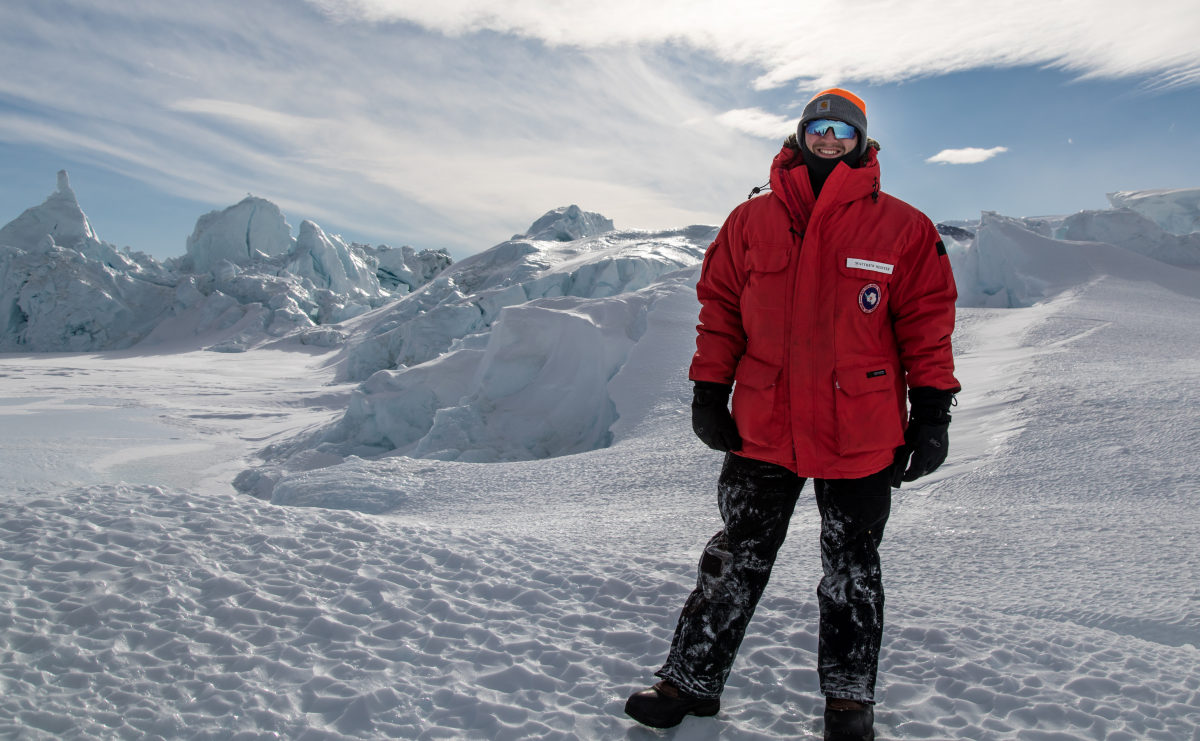
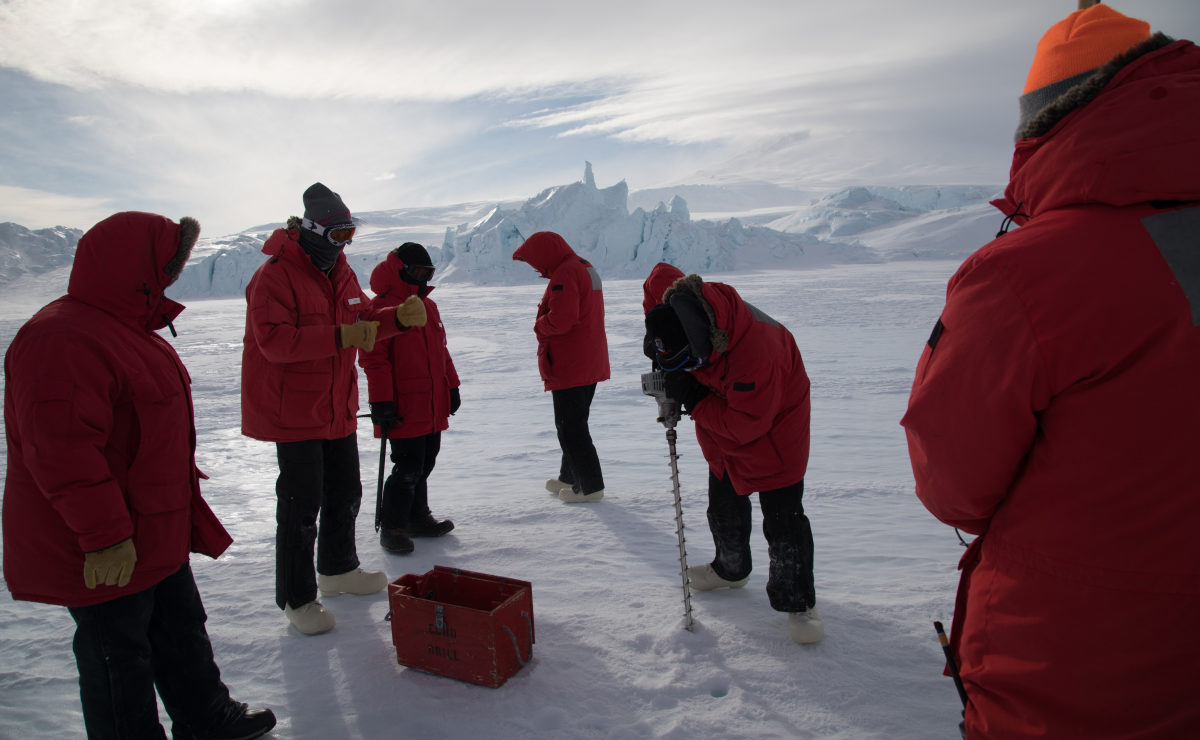
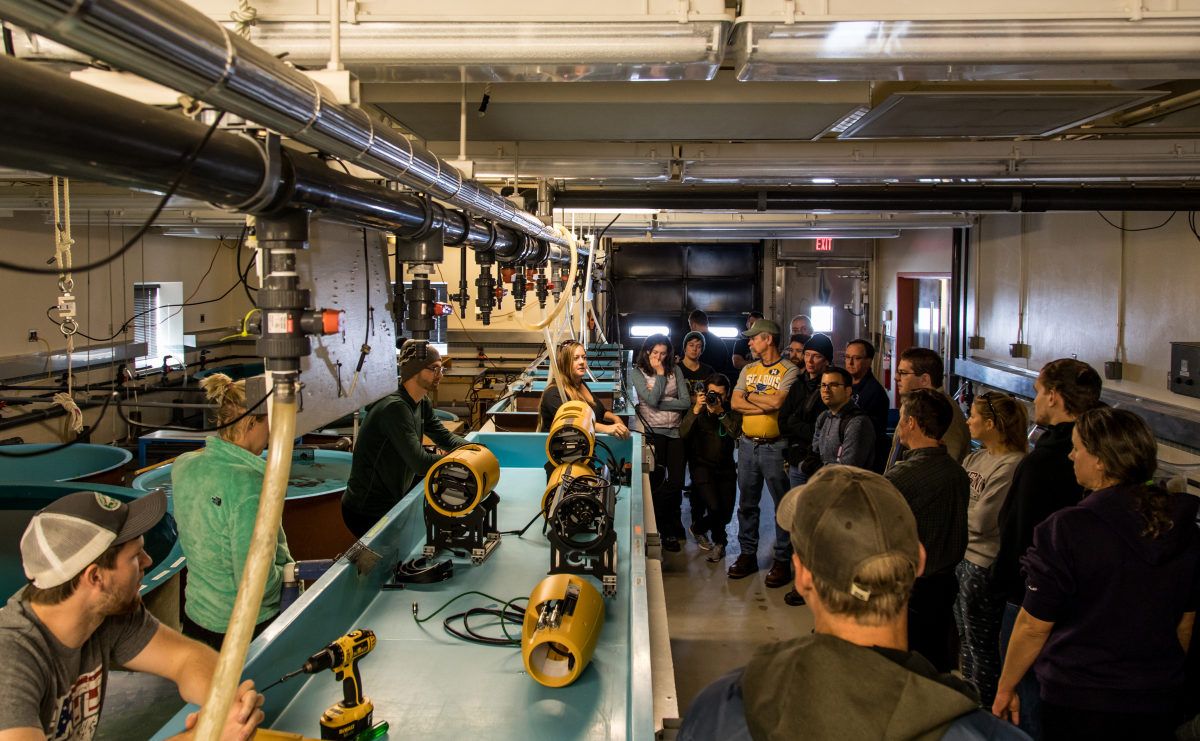

OUTREACH
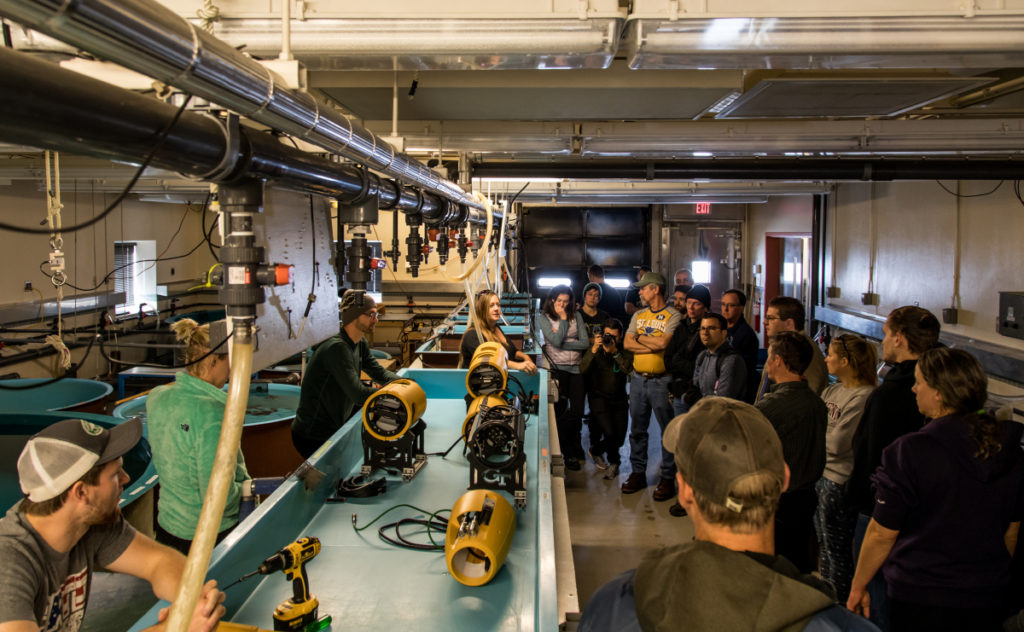
PUBLIC
We believe everyone should be able to enjoy the cool science we’re doing at OAST! We’re working on launching a blog that will have updates, articles, infographics, photos, and video, so stay tuned!
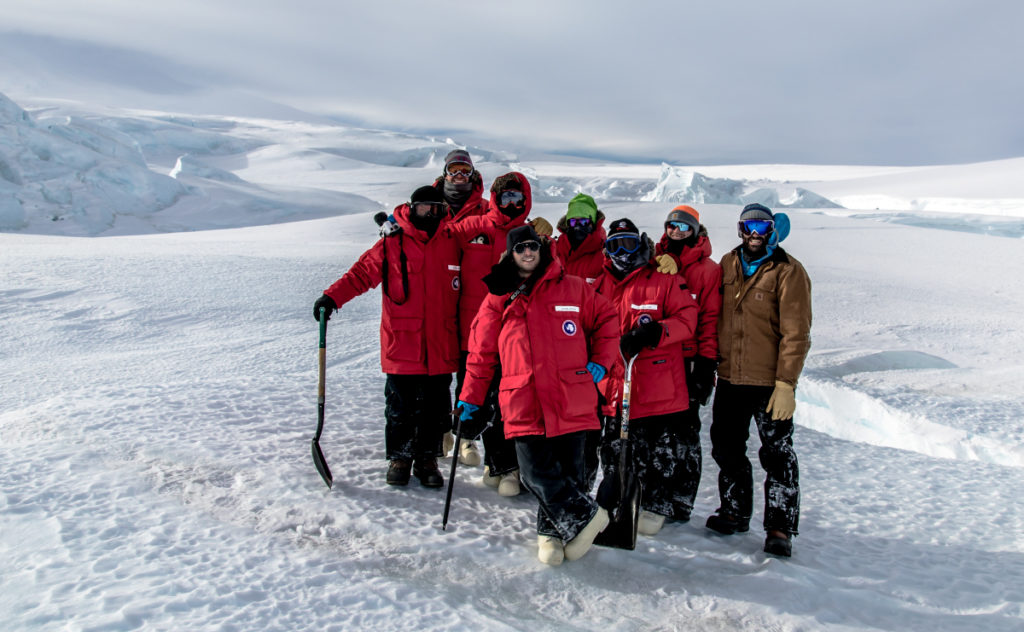
FUTURE STUDENTS
Interested in what we’re doing? Check out some of the universities, institutions, and organizations our team members are from!

ASTROBIOLOGY
Our investigators and students are involved with many activities in the astrobiology program. Check out these sites for more: NASA Astrobiology and SAGANet
RELATED WORK
Other cool stuff our team members are doing
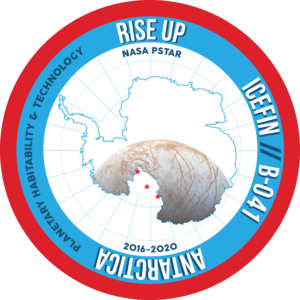
RISE UP & Icefin
NASA Programs
Icefin is a small, long-range, deep-water, under-ice robotic oceanographer. Through Icefin, we’re able to simultaneously explore Earth and develop the technology we need to one day explore other oceans in our solar system. Icefin first operated successfully in Antarctica during the 2014. Since 2017, as part of RISE UP, Icefin has completed 100 hours of missions under the ice.
Future Icefin modules are being developed to include a sampling arm capable of retrieving ice or benthic samples. Our lab is also working to integrate science and navigation data to enable autonomous real-time mapping and intelligent sampling.
Project RISE UP (Ross Ice Shelf and Europa Underwater Probe) is supported by NASA PSTAR program grant, and field work in Antarctica was supported by NASA and NSF under USAP project.
Link
Facebook
Instagram
Twitter
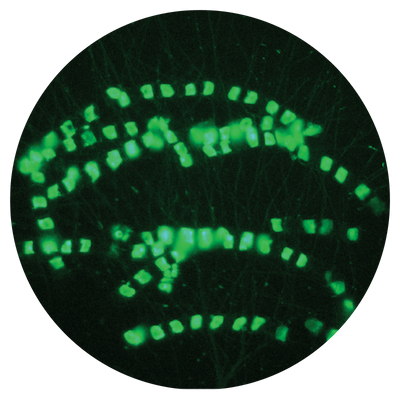
The Bowman Lab
at scripps
The Bowman Lab is located in the Integrative Oceanography Division at Scripps Institution of Oceanography and a member of the Center for Microbiome Innovation at UC San Diego. Their research explores many aspects of marine microbial ecology.
They use sequence based approaches, flow cytometry, modeling, and other techniques to explore the structure and function of microbial communities, and to understand the role of microbes in the Earth system. The Bowman Lab focuses on research themes including: microbial ecosystem function and service, polar microbial ecology, astrobiology, metagenomics and metatranscriptomics, and ecosystem modeling.
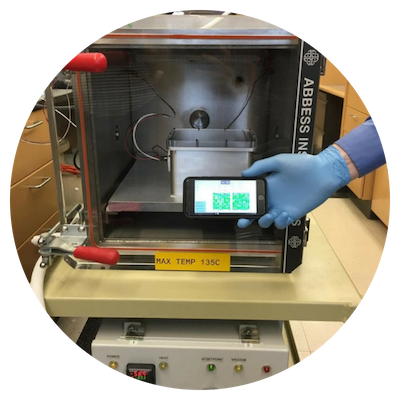
SETG
THE SEARCH FOR EXTRA-TERRESTRIAL GENOMES INSTRUMENT
The SETG team is developing an instrument that can isolate, detect, and classify any extant and preserved DNA or RNA-based organism. SETG will test the hypothesis that life on Mars, if it exists, may share a common ancestor with life on Earth.
Widespread synthesis of complex organics, including nucleobases and ribose precursors, occurred early in the history of the solar system in the solar nebula. These organics, delivered by comets and meteorites to multiple potentially habitable zones (Earth, Mars, Enceladus, Europa, Titan) may have biased the evolution of life towards utilization of similar informational polymers. Meteoritic exchange might also have produced shared ancestry, most plausible for Earth and Mars.

SETG
THE SEARCH FOR EXTRA-TERRESTRIAL GENOMES INSTRUMENT
The SETG team is developing an instrument that can isolate, detect, and classify any extant and preserved DNA or RNA-based organism. SETG will test the hypothesis that life on Mars, if it exists, may share a common ancestor with life on Earth.
Widespread synthesis of complex organics, including nucleobases and ribose precursors, occurred early in the history of the solar system in the solar nebula. These organics, delivered by comets and meteorites to multiple potentially habitable zones (Earth, Mars, Enceladus, Europa, Titan) may have biased the evolution of life towards utilization of similar informational polymers. Meteoritic exchange might also have produced shared ancestry, most plausible for Earth and Mars.
